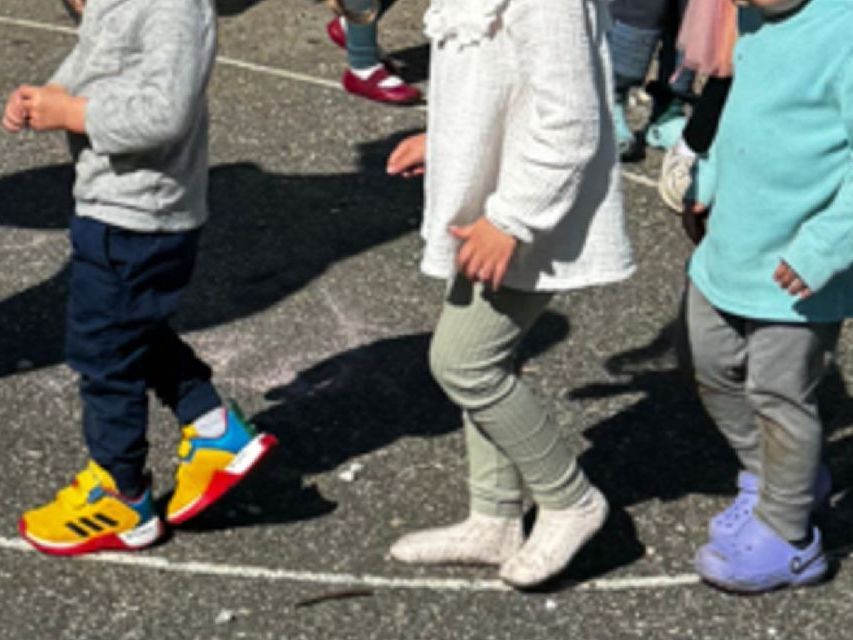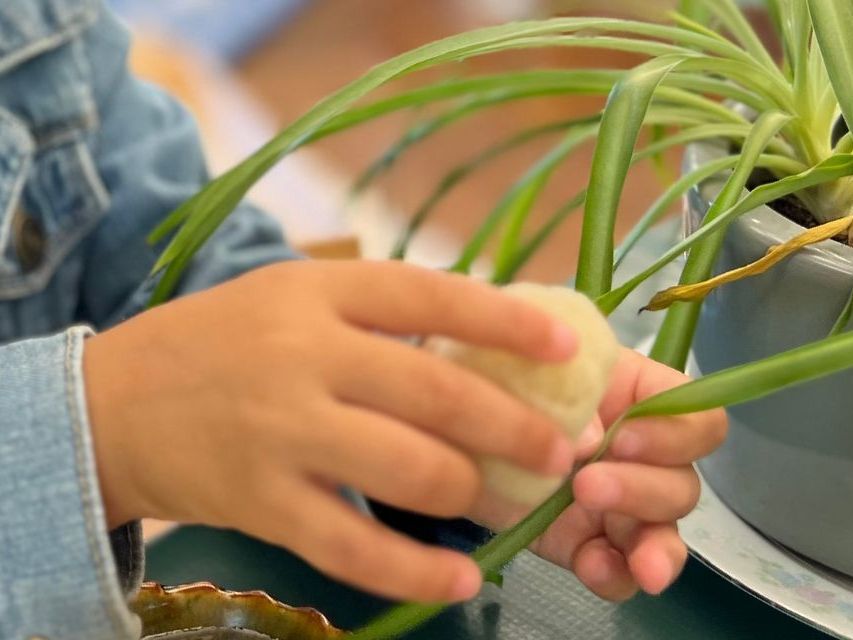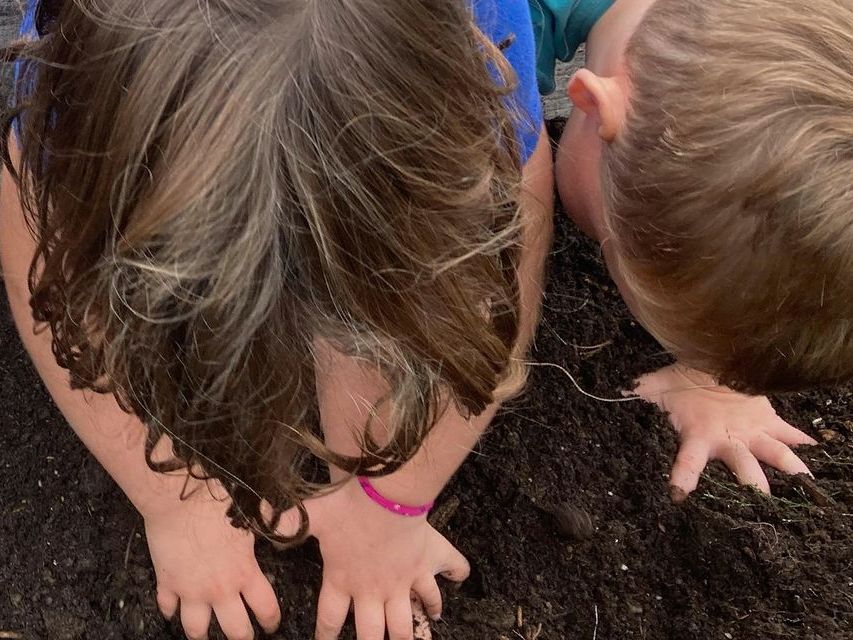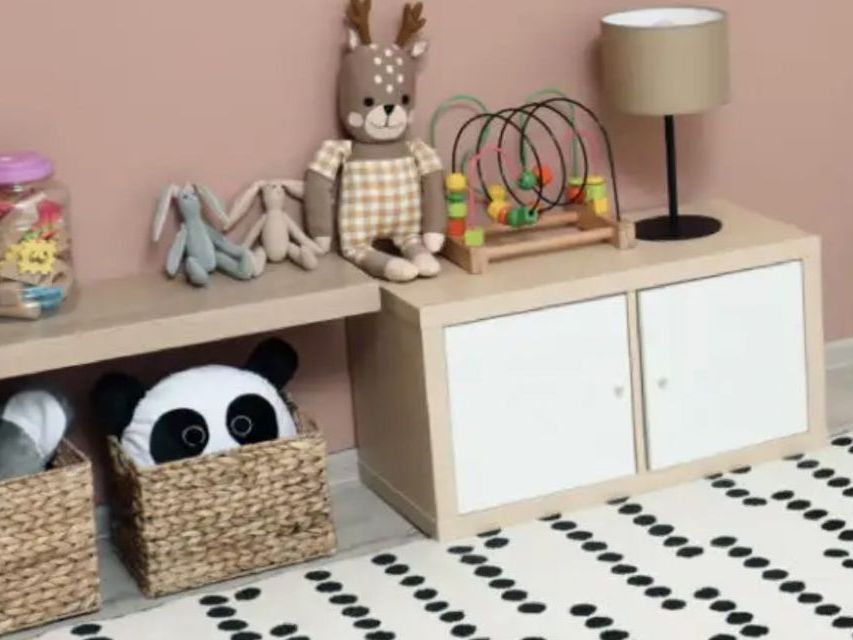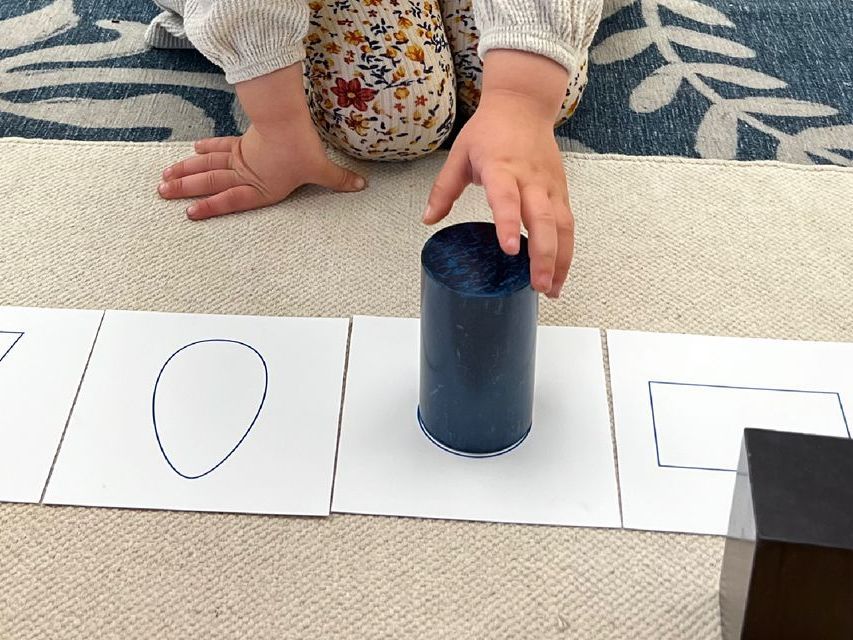Math on the Go!
You already know that reading aloud to your child daily can have a huge impact on literacy development. Did you know that doing math together at home is also important? By integrating math into your daily lives at home, you as parents are teaching your child not only that math really is applicable to our daily lives, but that you value it as an area of study. Finding a variety of ways to work through problems together prevents children from developing the self-narrative of “I’m not good at math” before it ever starts.
Looking for tips to get started?
In the Kitchen
While there are likely nights you need to whip up a quick dinner, get everyone fed and off to bed, it can sometimes be nice to find ways to invite your children to cook with you. Doing so has a host of benefits, including the development of practical life skills, confidence building, and family bonding, but there are also plenty of opportunities to learn about and practice math skills.
Consider what it takes to make a meal. From reading a recipe, to combining ingredients, thinking about cooking temperatures, and even how long to cook a meal, there are a wide variety of skills your child can experience first-hand:
- Reading written fractions in recipes
- Comparing differences in volume while adding measured ingredients
- Adding fractions or utilizing fraction equivalencies
- Using multiplication or division when halving or doubling a recipe
- Calculating elapsed time while waiting for a treat to bake
- Understanding units of measurement concerning temperature
At the Store
Shopping is one of those frequent life necessities, and we often have our children in tow. Turn this family chore into a fun learning experience by incorporating math. Here are some ideas for a variety of ages:
- Counting specific items
- Identifying numbers on signs
- Estimating costs of items
- Rounding costs of items to the nearest dollar and adding mentally
- Identifying coins and their values
- Comparing price and quantity to determine product value
- Weighing produce on the scale
- Using addition or multiplication to determine cost when buying multiples on an item
- Determining how much change will be received from the cashier
In the Car
Whether you’re making the quick drive to school in the morning or settling in for a lengthy family road trip, it’s possible to incorporate math skills along the journey. The key is to make it fun and not work!
- Notice numbers on signs. Talk about place value.
- Similar to the alphabet game, play the number game. Look for numbers outside and call them out in order. “I see a 1 on that sign!” “I spotted a 2 on that license plate!”
- Play a shape-finding game.
- Clue kids into mileage information. Have them figure out how far you’ve traveled or how much further you have to go.
- Keep track of time. Solve problems similar to the mileage ones.
- Make your real-life word problems multi-step: ask your child how their answers might change if you need to drive a certain number of miles or minutes out of the way to make a stop.
- Estimate fuel costs, both before you arrive at the pump, and guessing how much the tank will need to fill.
- Skip count together in silly voices. Count by 2s, 5s, 10s, and more!
The Backyard
Believe it or not, your own backyard is likely full of real-life math opportunities. Whether you’re gardening, making repairs, or building something together, keep an eye out for things like:
- Size comparisons: Which tree is taller? Wider?
- Notice the temperature. If you’re really motivated, keep track over a week and make a graph.
- Measure everything! Younger children can stick to non-standard units. “How many ‘mommy feet’ long do you think this piece of wood is? Now let’s try your feet!”
- Kids love to use adult tools, so show them the correct way to use a measuring tape. Start with length. Explore perimeter and area with older children.
- Kids always seem to be collecting small objects. Use these rocks, acorns, or sticks to count, add, or subtract.
- With older children, use seeds for math before planting. Show them an array and how it relates to multiplication and division.
- Estimation opportunities are everywhere. How many leaves are on that branch? How many insects might we find under this log? How many dandelions are blooming right now?
No matter where you are or what you’re doing, your children love just spending time with you. Finding simple ways to incorporate mathematical thinking can be a fun way to squeeze a little bit of learning out of an already enjoyable experience.
Remember to ask your child lots of questions, but don’t feel like you need to give them the answers right away. When we discover something for ourselves, the information is so much more powerful. Of course, if they seem confused or ask for help, it’s okay to model and teach!
Let us know what you learn together!



